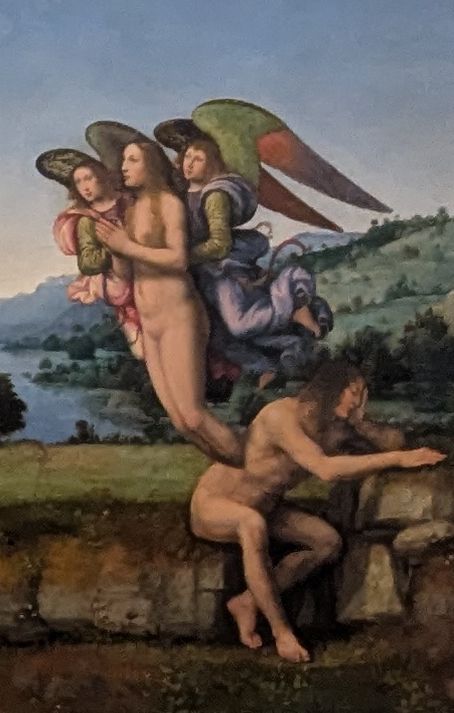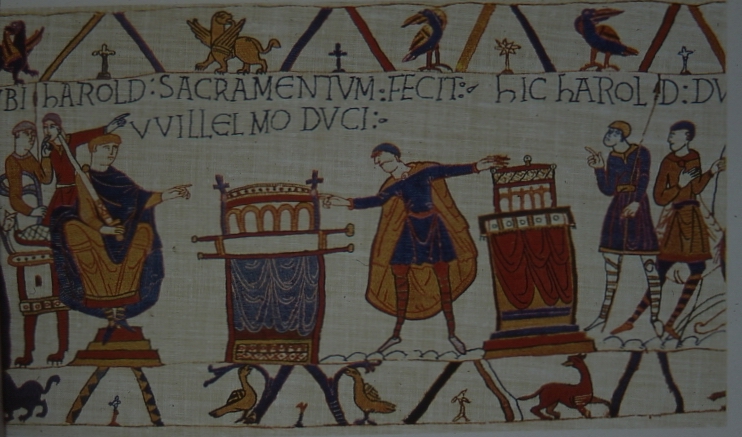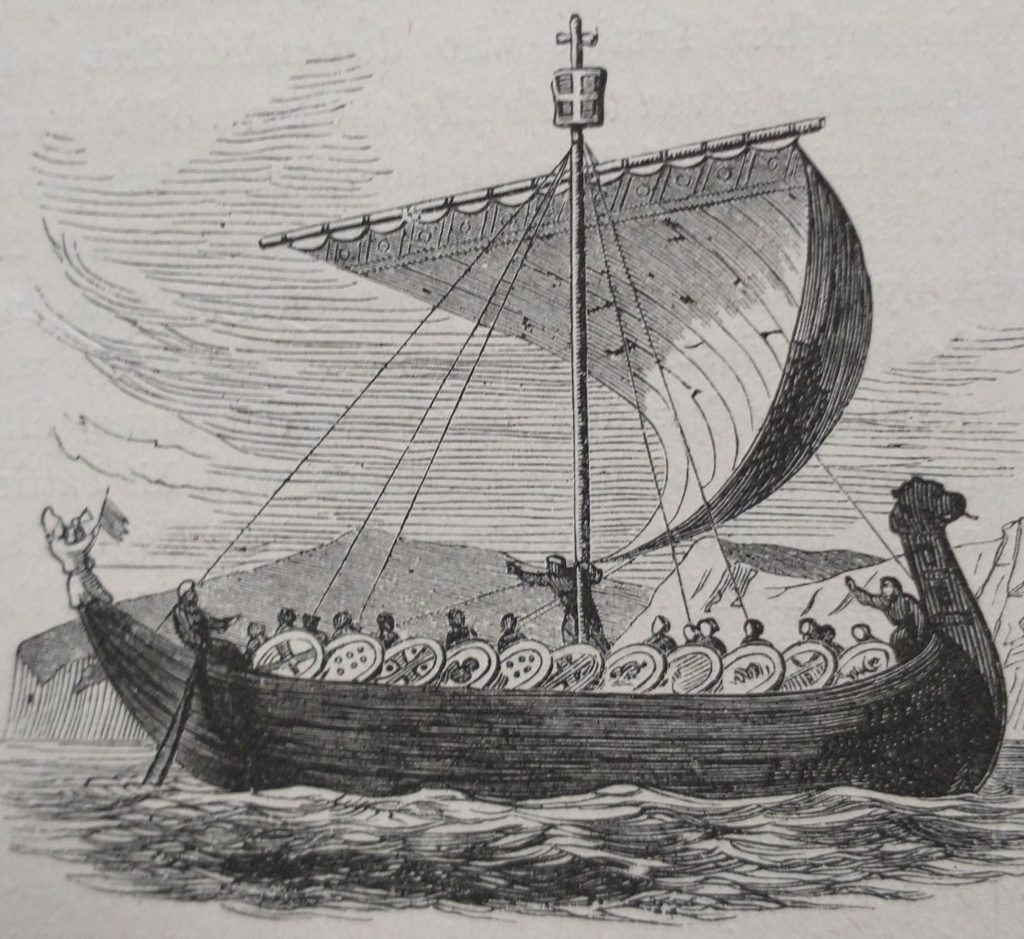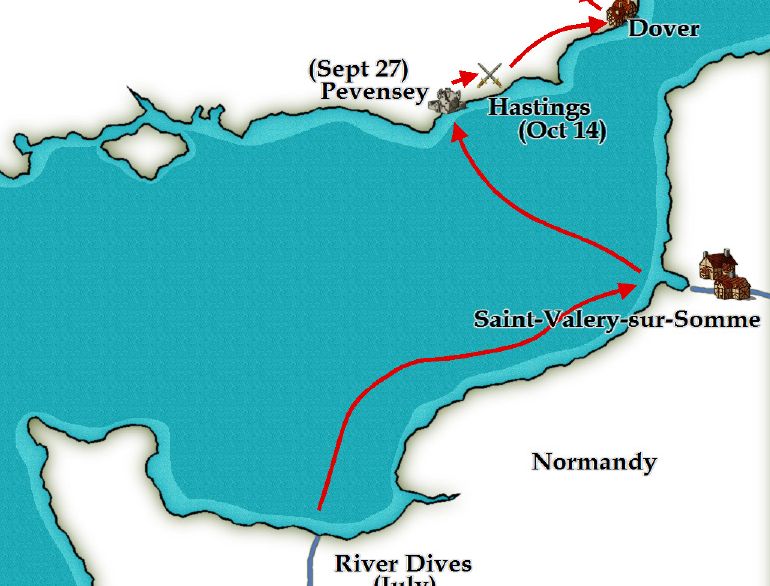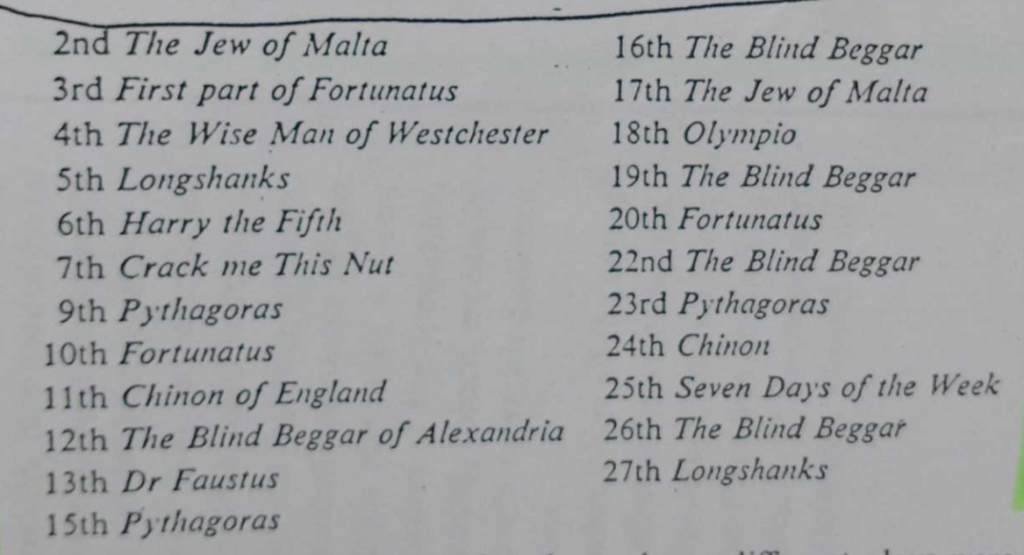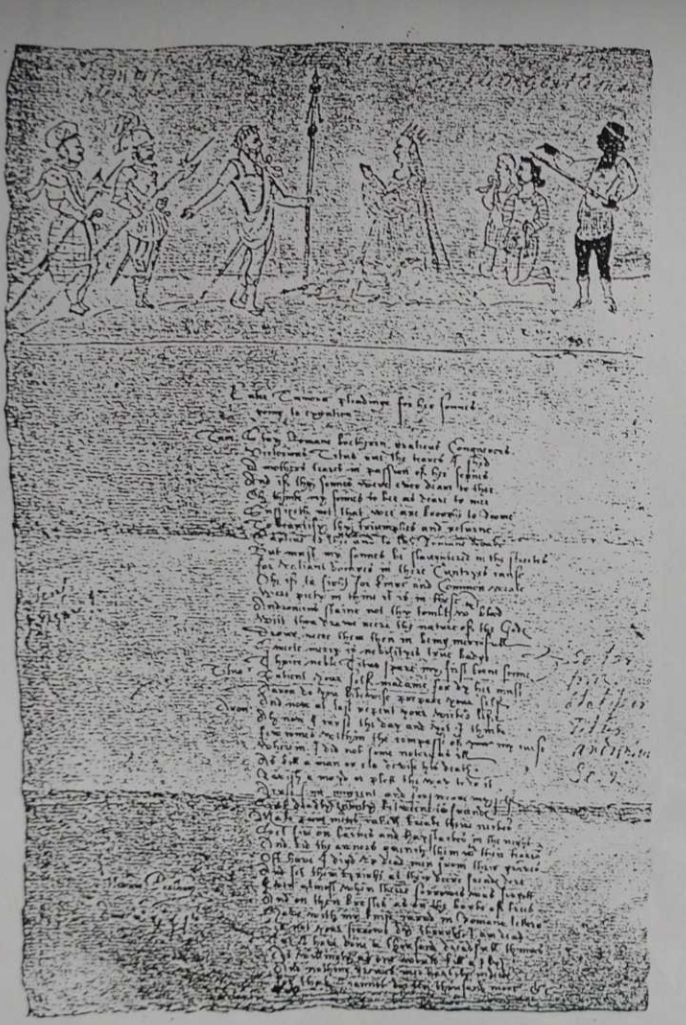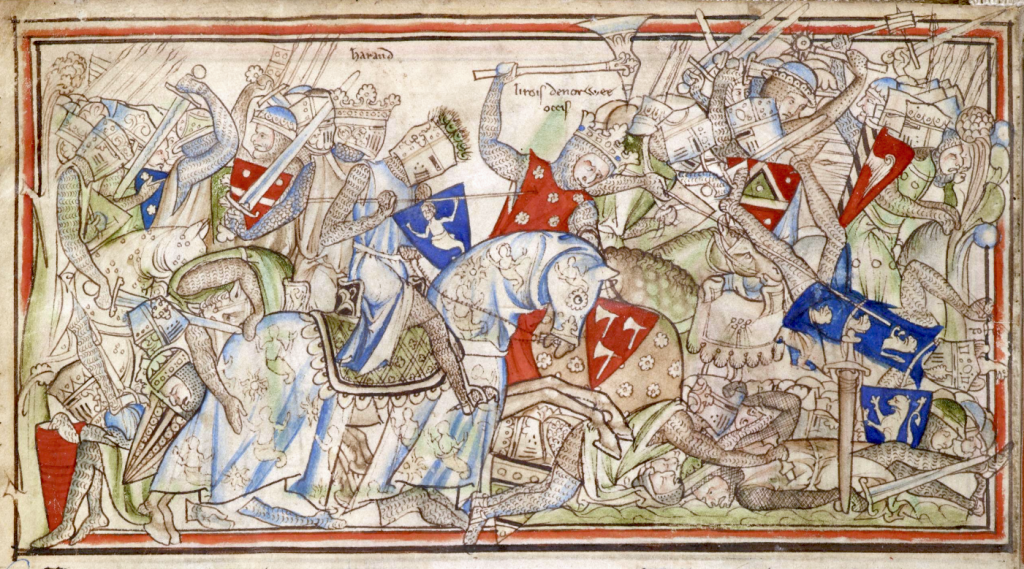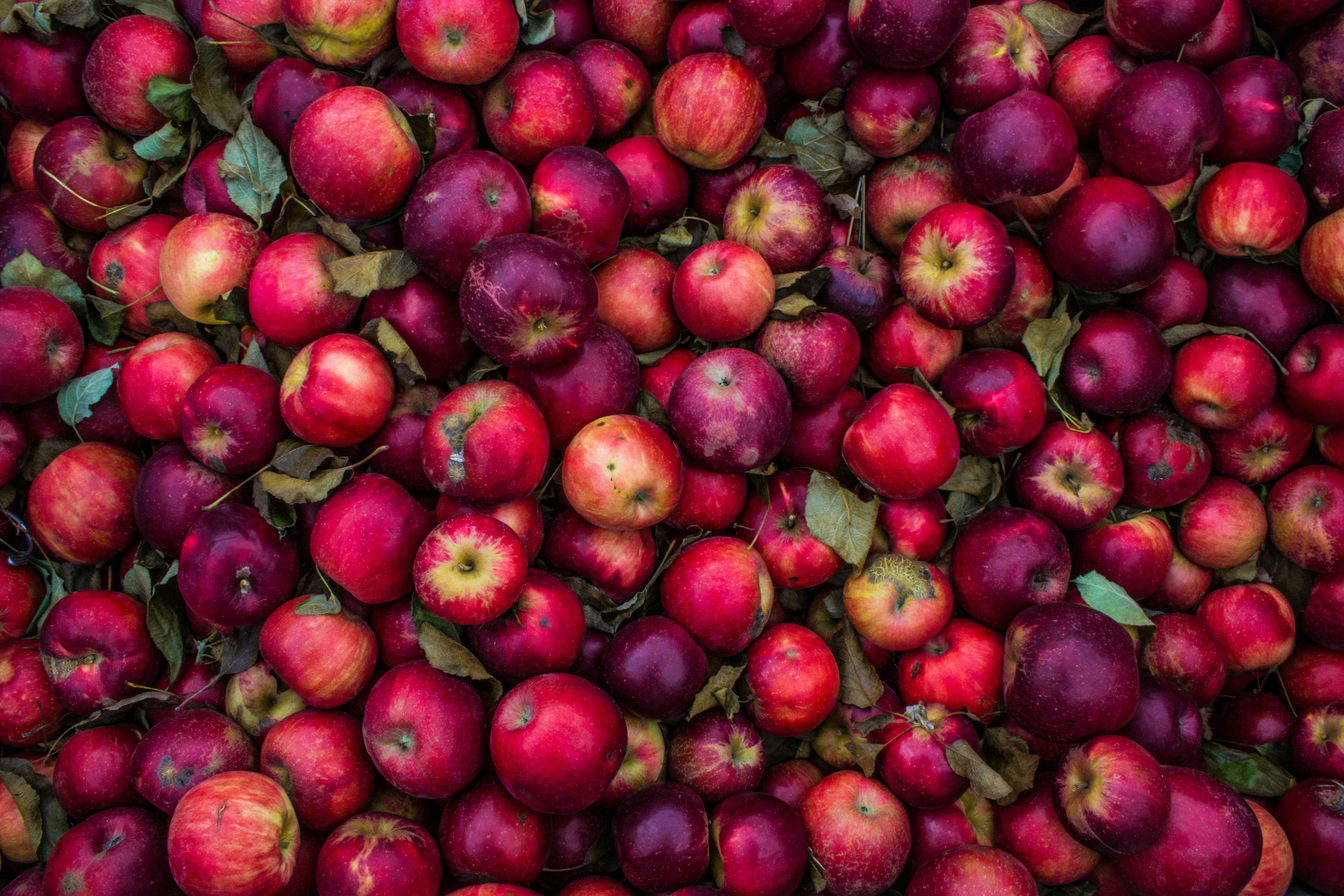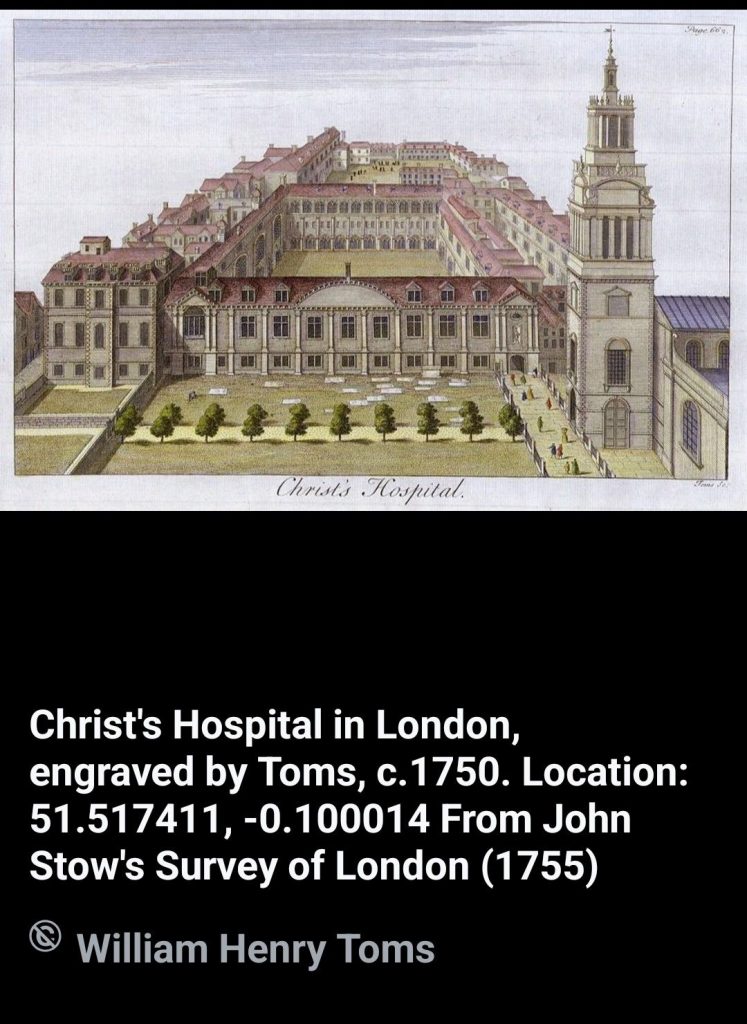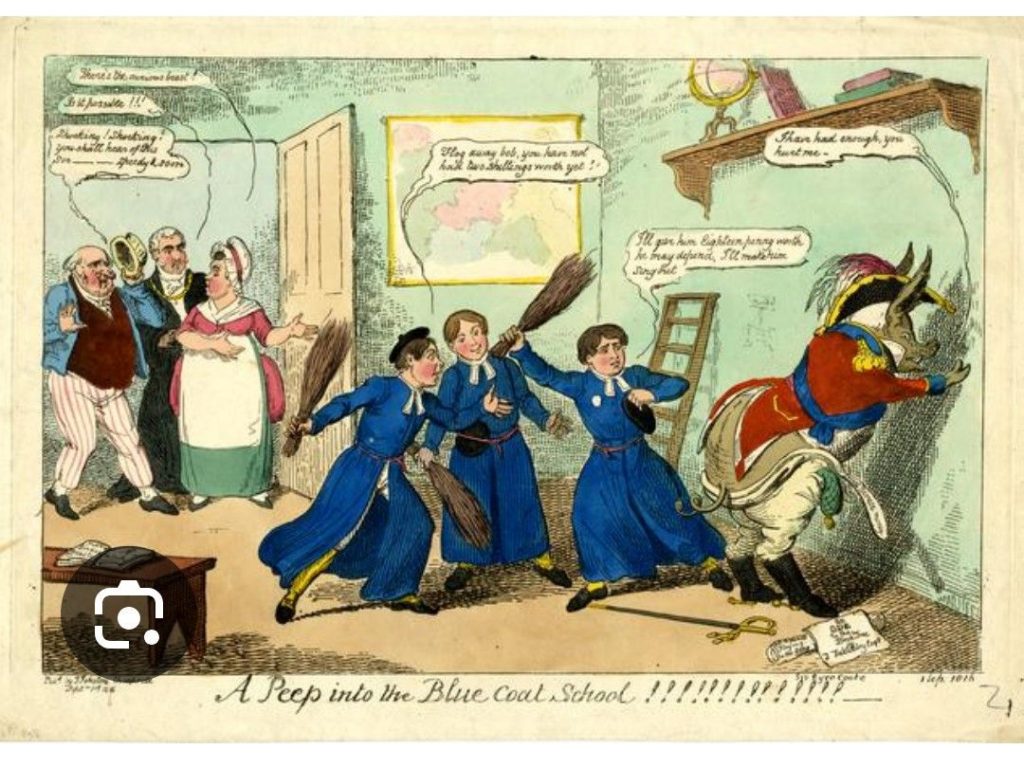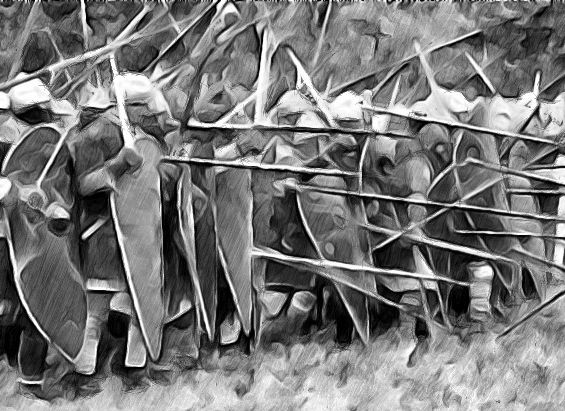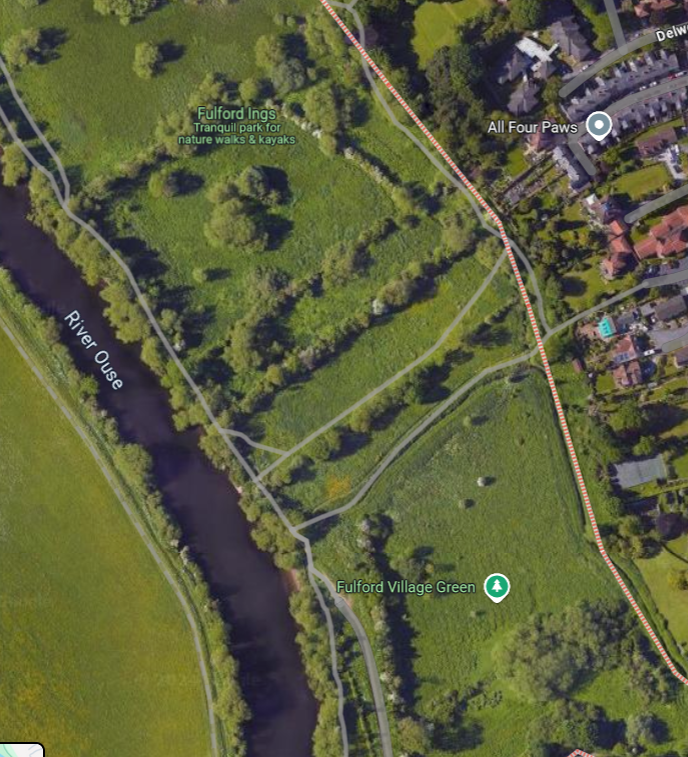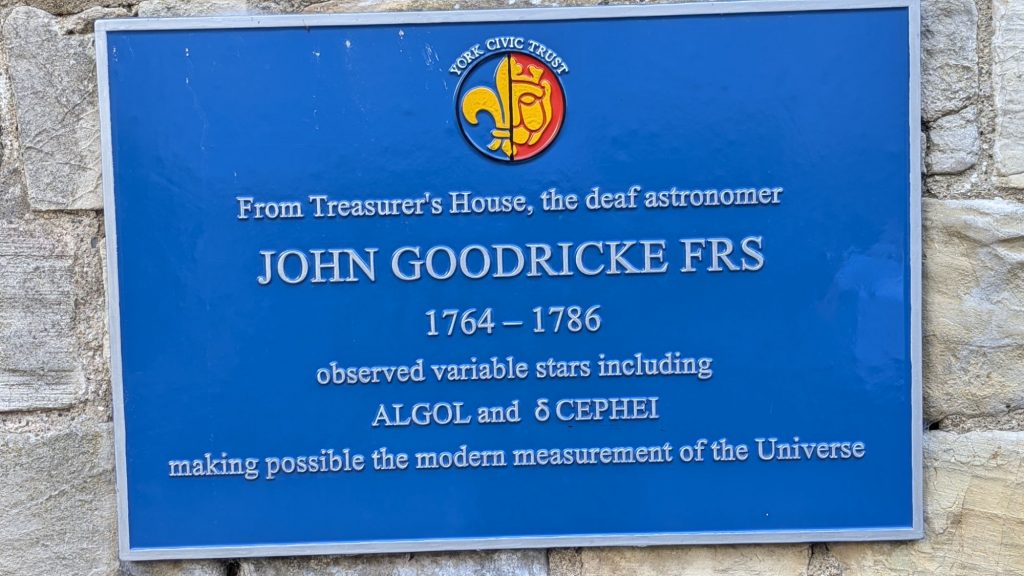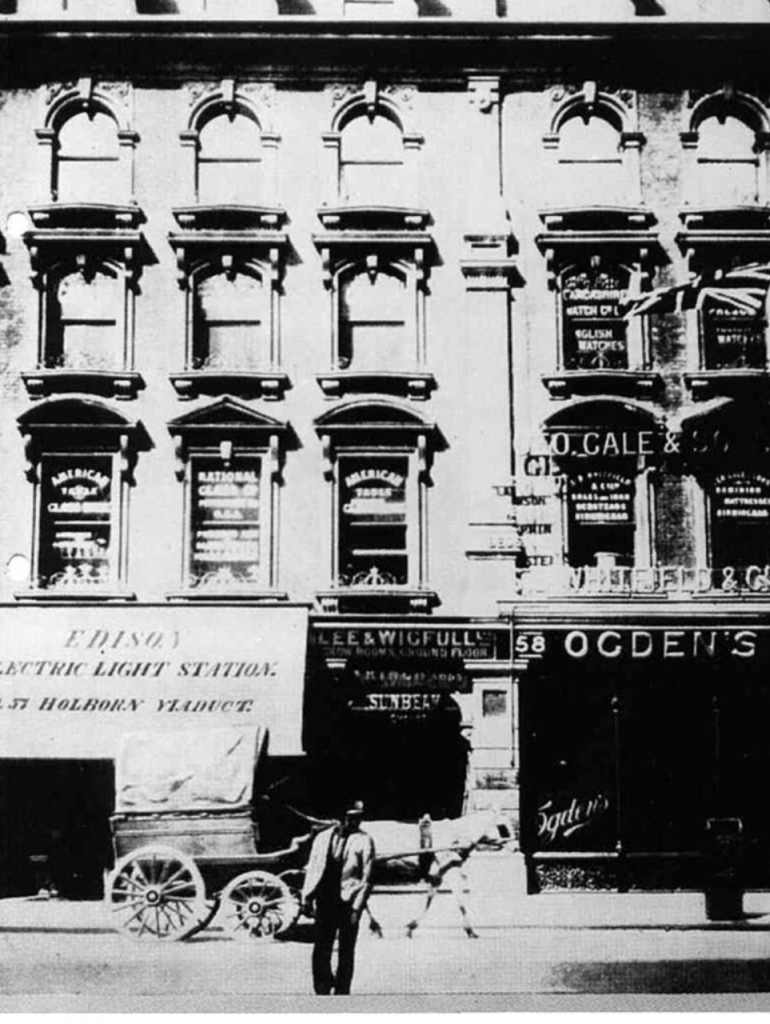
On this day, last year, Britain’s last coal-powered power station generated its final watt of electricity. Ratcliffe-on-Stour’s closure means Britain is the first country to meet its target of phasing out coal.
The Nottingham power station opened in 1968, and once employed over 3000 people.
For more details follow this link https://www.theguardian.com/business/2024/sep/30/end-of-an-era-as-britains-last-coal-fired-power-plant-shuts-down
Edison Electric Light Station
The first coal-fired power station in Britain was at Holborn Viaduct in London, opened as the Edison Electric Light Station on 12th January 1882.
The power was generated by a steam engine powered by coal. The electricity powered incandescent electric carbon-filament lights which lit up 986 lights to illuminate the road from Holborn Viaduct to St Martin’s-le-Grande. The light bulb was invented 3 years previously.
The number of lights was soon increased to 3,000. But the Station made a loss and was closed down 2 years later. The lights converted to gas. Sadly, the building was destroyed in the Blitz.
Shoreditch Electric Light Station
A couple of miles to the East, in 1895, the Shoreditch Electric Light Station was established. It used waste to produce electricity and steam for the local public baths. The generating and combustion chambers, now houses a Circus School which my children attended.
It was officially opened by Lord Kelvin, the famous physicist in 1897. The Consulting Engineer was Edward Manville who came up with a scheme for a ‘dust destructor’. This comprised: an electricity generating station; a public bath heated by the waste heat from the generator; a library and museum. It cost 200,000 pounds. In 1899, in nearby Nile Street, the Shoreditch Vestry Council set up the first municipal housing scheme powered by electricity.
This level of enterprise by a local council seems like a fantasy of a distant past but also, given the sustainability of the project, unbelievably modern.
The motto on the side of the Power Station was ‘Light and Power from Dust’. The scheme was run by the local vestry council which adopted the motto ‘More Light, More Power’. This was also adopted by the new municipal Borough of Shoreditch when it was formed as part of the new London County Council. The Power Station was renamed as the rather wonderful: Shoreditch Borough Refuse Destructor and Generating Station and adorned with the motto: PULVERE LUX ET VIS ‘Out of the dust, light and power’.
The story of the dust destructor and the generating station is told in some detail here and well worth a read.
First Written 2024 and updated in 2025

